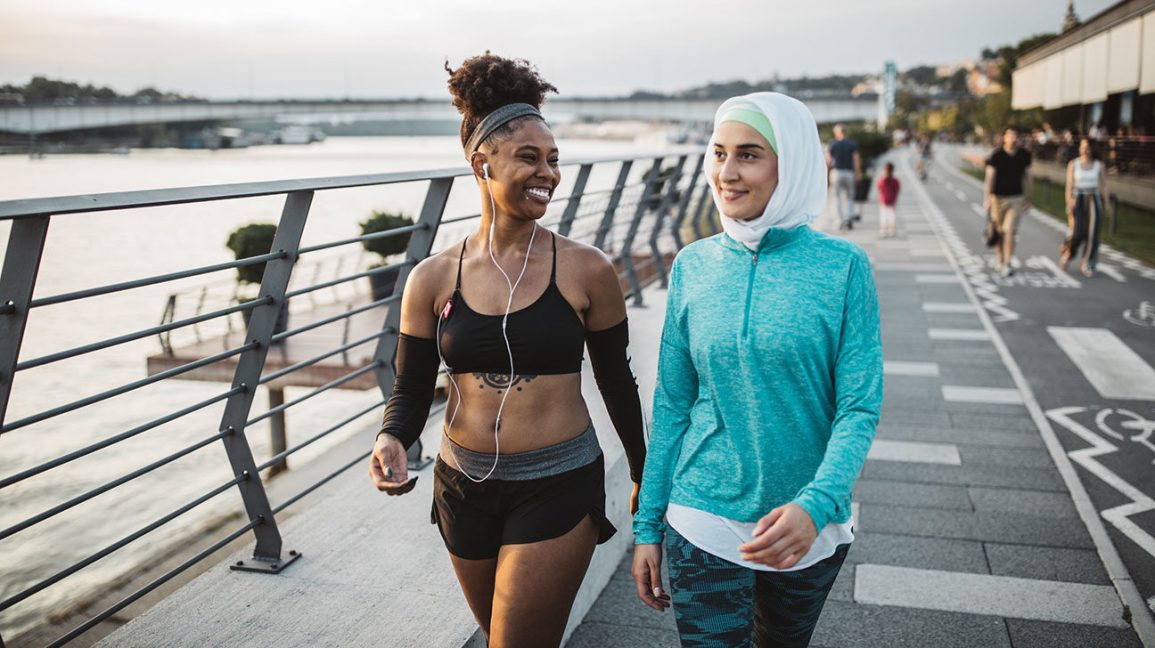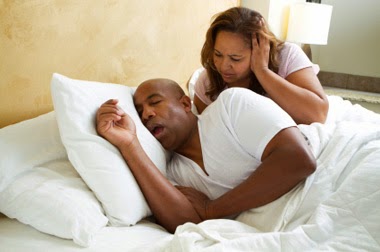A brisk walk is one of the easiest and most effective cardio workouts. And, best of all, you likely already have everything you need to get started.

You can do a brisk, sweat-inducing walk indoors or outdoors and without any special equipment. A good pair of sneakers is about all you need to start reaping the many rewards of a fast-paced walk.
The key to getting a great workout with brisk walking is to maintain a pace that gives your heart and lungs a challenging workout, but not so hard that you run out of steam too quickly.
Keep reading to find out how to boost your physical and mental well-being with brisk walking as well as the benefits you can reap from this form of exercise.
What’s considered brisk walking?
The term “brisk walking” is somewhat vague. Is it a little faster than your normal pace? Is it a lot faster?
To help firm up exactly what it means, there are several ways to measure your pace to make sure you’re in the “brisk” zone. Let’s take a closer look at three options for gauging whether you’re walking at the right pace.
The term “brisk walking” is somewhat vague. Is it a little faster than your normal pace? Is it a lot faster?
To help firm up exactly what it means, there are several ways to measure your pace to make sure you’re in the “brisk” zone. Let’s take a closer look at three options for gauging whether you’re walking at the right pace.
1. Target heart rate
One way to determine if you’re walking fast enough is to measure your heart rate.
A safe target heart rate while exercising, for most adults, is 50 to 85 percent of your maximum heart rate. Exercising at your target heart rate means you’re getting the greatest benefit from your workout.
According to the American Heart Association:
- Your target heart rate during moderate-intensity exercise is around 50 to 70 percent of your maximum heart rate.
- Your target heart rate during vigorous activity is about 70 to 85 percent of your maximum heart rate.
So, what exactly is your maximum heart rate, and how do you know what it is?
Your maximum heart rate is 220 beats per minute (bpm) minus your age in years. So, for a 40-year-old person, it’d be 220 – 40 = 180 bpm.
To figure out your target heart rate range, do the following:
- For the low end of your target heart rate, multiply 220 bpm minus your age by 0.50 (50 percent). For example, for a 40-year-old it’d be 180 bpm x 0.50 = 90 bpm.
- For the high end of your target heart rate, multiply 220 bpm minus your age by 0.85 (85 percent). For example, for a 40-year-old it’d be 180 bpm x 0.85 = 153 bpm.
- For this person, their target heart rate while walking would be between 90 and 153 beats per minute.
If you’re not sure how to measure your heart rate, here’s how to do it:
- Place the tips of your index and middle fingers on the inside of your left wrist until you can feel a pulse. Don’t use your thumb to measure your pulse, as your thumb has a pulse of its own. This could give you an inaccurate reading.
- Look at a clock or watch, and count the number of beats you feel with your fingertips for 30 seconds.
- Once you have that number, multiply the number by 2 to get your bpm. So, for instance, if you counted 55 beats in 30 seconds, your heart rate would be 110 beats per minute (55 x 2).
To reach your target heart rate zone, aim for the following bpm ranges based on your age:
| Age in years | Target bpm (50–85 percent of maximum) |
| 20 | 100–170 bpm |
| 30 | 95–162 bpm |
| 45 | 88–149 bpm |
| 50 | 85–145 bpm |
| 60 | 80–136 bpm |
| 70 | 75–128 bpm |
2. Steps per minute
Another way to measure your pace is to count your steps.
A study published in the British Journal of Sports Medicine suggests that if you can walk at least 100 steps per minute, you’re walking fast enough to reap substantial fitness benefits.
Using a fitness tracker can help you keep track of your steps and how fast you’re walking.
Shop for a fitness tracker online.
A third wayTrusted Source of figuring out your walking pace doesn’t require any math. Instead, to measure your pace, you start talking while you’re walking:
- If you can talk comfortably with some breathlessness, you’re probably walking at a moderate but brisk pace.
- If you can’t talk easily because you’re out of breath, the pace is probably vigorous.
- If you can sing out loud, the pace is likely too slow to be considered a brisk walk. If you can, try to pick up the pace.
Regular cardio exercise, like brisk walking, offers a wide range of physical and mental benefits. Some well-researched benefits include:
- Weight loss. Walking can help you lose excess weight by burning more calories, increasing lean muscle mass, and boosting your mood so you’re more likely to keep on walking.
- Improved cardiovascular health. According to a review of studiesTrusted Source, walking 5 days a week can help lower your risk for heart disease. Regular cardio exercise may also help lower the levels of LDL (bad) cholesterol in your blood.
- Lower blood pressure. Research has found that regular cardio exercise may help lower your blood pressure.
- Lower blood sugar. Regular brisk walks can increase your insulin sensitivity. This means the cells in your muscles are better able to use insulin to draw in glucose for energy, both before and after you’ve exercised.
- Improved mental health. Research has also shown that exercise can boost self-esteem, improve sleep, build brain power, and more.
The rate at which you burn calories depends on several factors, including:
- your body weight
- your age
- your sex
- how much lean muscle you have
- the intensity at which you work out
- how long you work out
To burn a higher number of calories, you’ll want to walk at a faster pace. You’ll also want to walk for a longer period of time.
For instance, you’ll burn more calories if you walk at a pace of 4 miles per hour (mph) for 35 minutes than if you walk at a pace of 3 mph for 20 minutes.
Here’s a snapshot of the calories you can burn, depending on your weight and pace, if you walk for 1 hour. Divide this number by 2 to figure out the calorie burn for a 30-minute walk:
| Weight | 3.0 mph | 3.5 mph | 4 mph | 4.5 mph |
| 130 lbs. | 195 | 224 | 295 | 372 |
| 155 lbs. | 232 | 267 | 352 | 443 |
| 180 lbs. | 270 | 311 | 409 | 515 |
| 205 lbs. | 307 | 354 | 465 | 586 |






